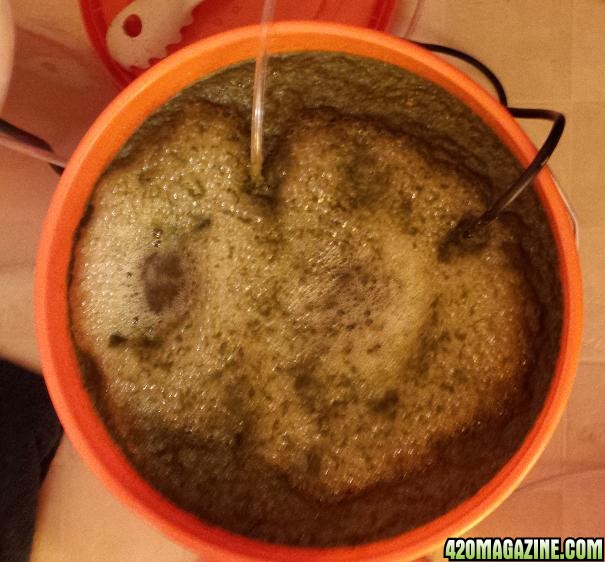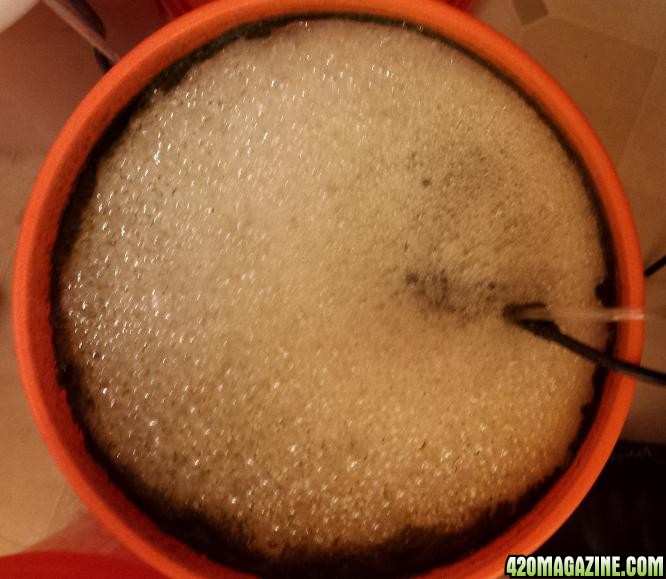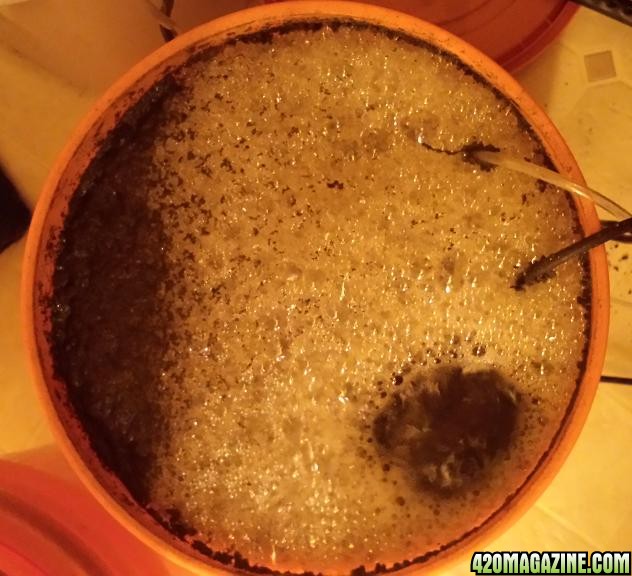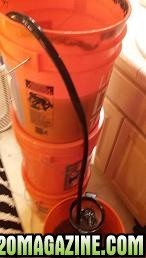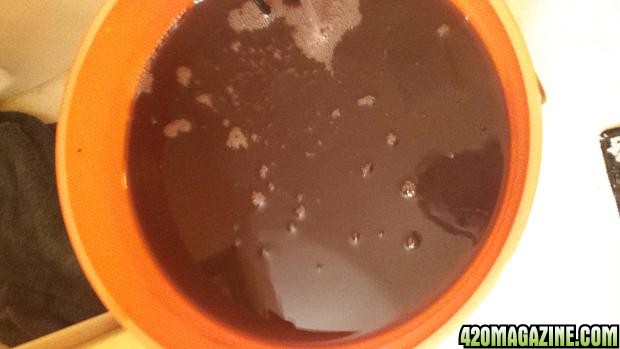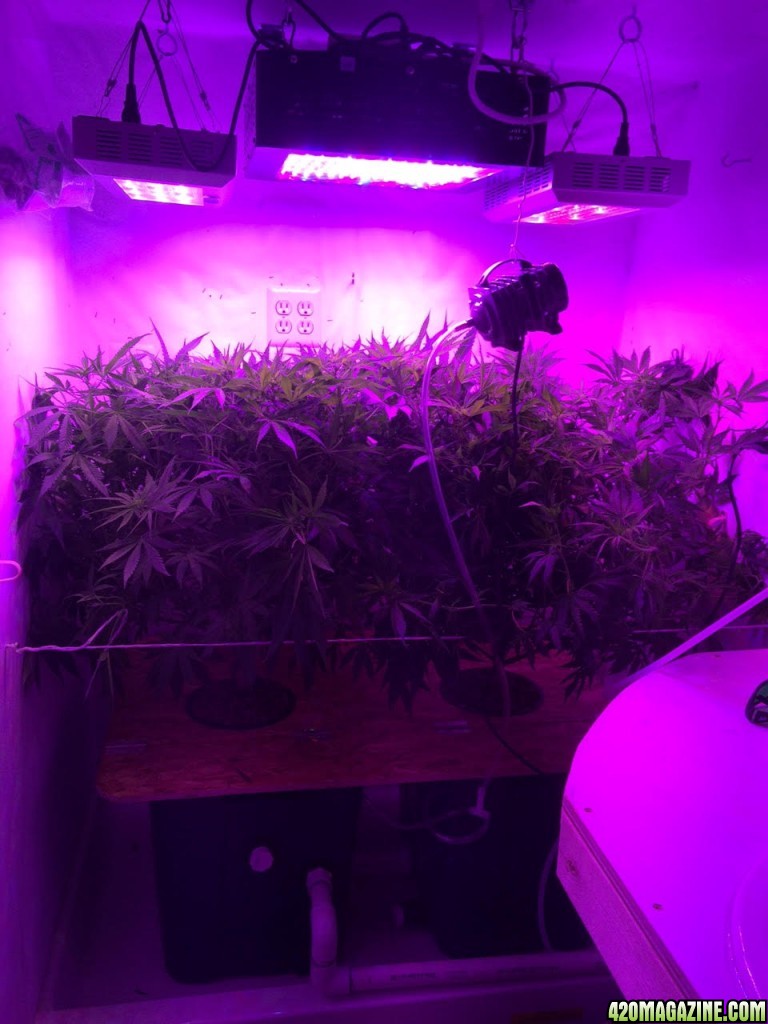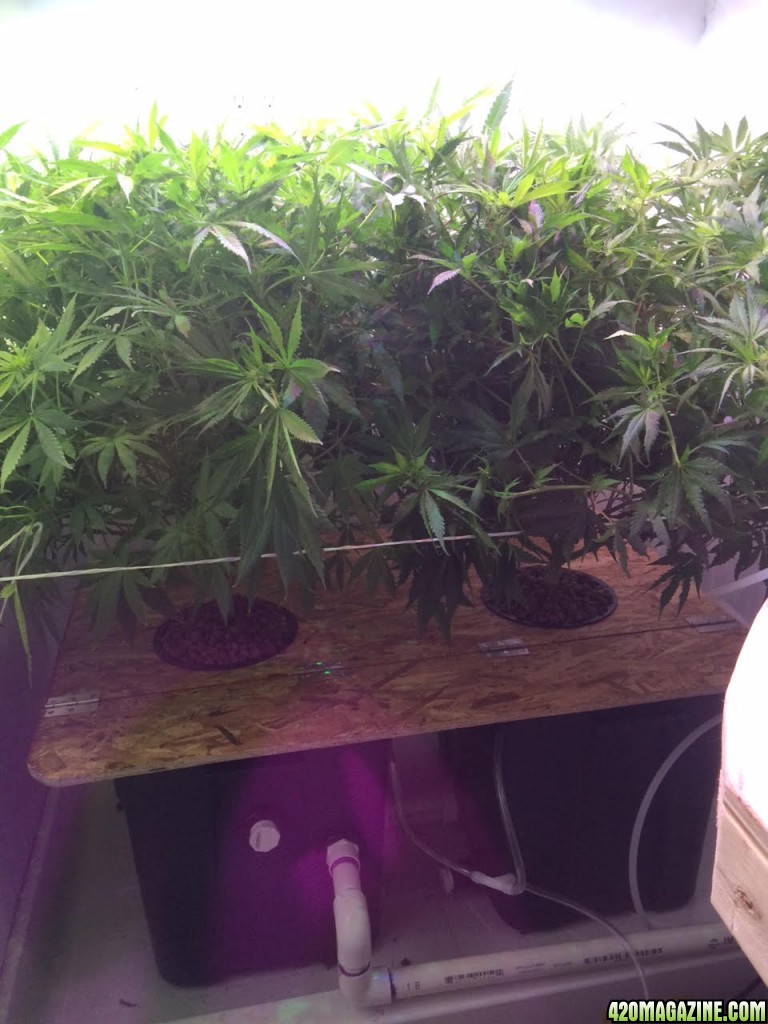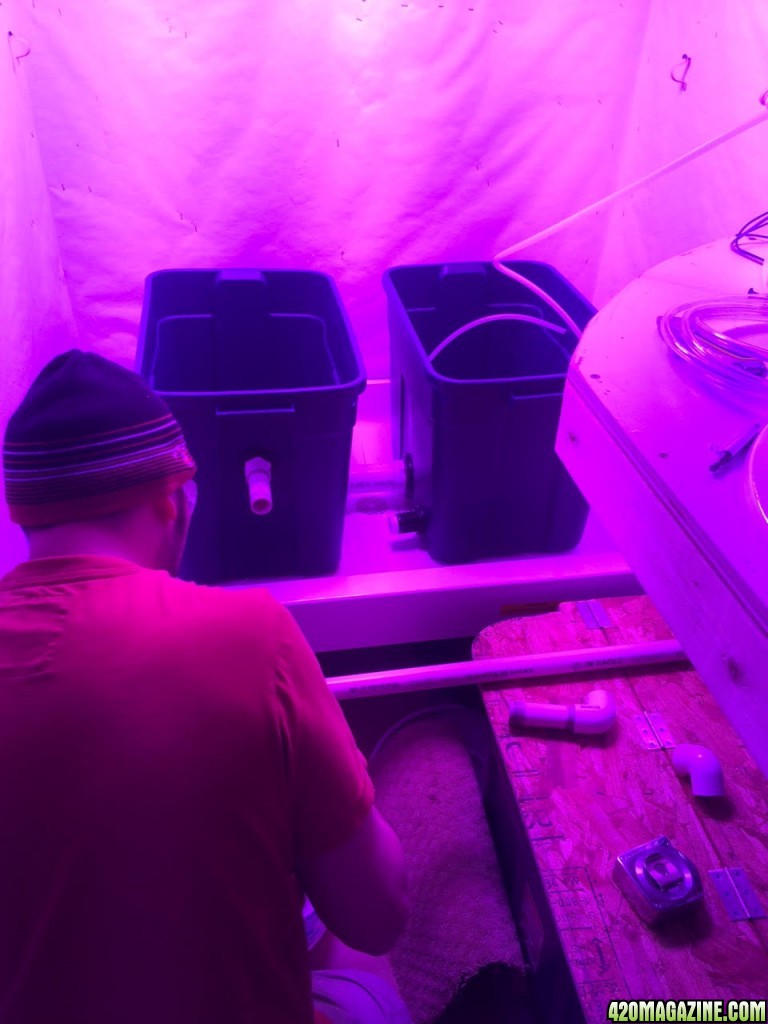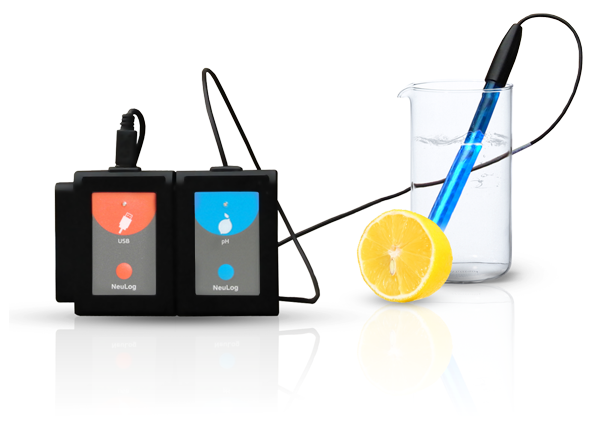I would clarify I don't know if anyone has done a scientific study on bud factor X except maybe AN.
Chitosan Has been well studied and is a very popular additive in all kinds of horticulture for many decades. It comes from the shells of crustaceans like crabs or shrimp. I bought a bag of crab shell meal and got an ad-hock recipe for a home brew I will post after I do it. It will take me 2 days minimum. I also am going to add in alfalfa which is the main component for nirvana so it might be a great combo. Both of these can be added at all stages if possible. The chitosan will cause a plant to think it is under attack and therefore must defend itself both in stalk growth and create as many seeds as possible. That translates to tight nodal density and larger buds.
There are other chitosan products as well but when we started talking about it he pulled me to the back room where there were various bags of stuff and we rummaged around until we found the crab meal and he explained to me how to make my own. He was however high as a kite so we shall see.
Chitosan Has been well studied and is a very popular additive in all kinds of horticulture for many decades. It comes from the shells of crustaceans like crabs or shrimp. I bought a bag of crab shell meal and got an ad-hock recipe for a home brew I will post after I do it. It will take me 2 days minimum. I also am going to add in alfalfa which is the main component for nirvana so it might be a great combo. Both of these can be added at all stages if possible. The chitosan will cause a plant to think it is under attack and therefore must defend itself both in stalk growth and create as many seeds as possible. That translates to tight nodal density and larger buds.
There are other chitosan products as well but when we started talking about it he pulled me to the back room where there were various bags of stuff and we rummaged around until we found the crab meal and he explained to me how to make my own. He was however high as a kite so we shall see.



